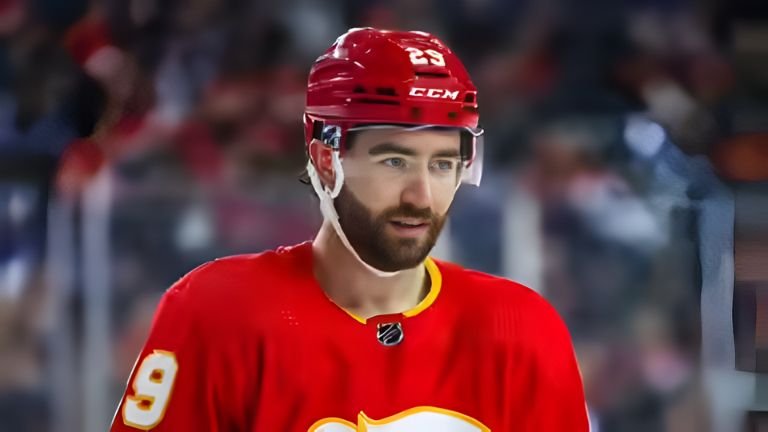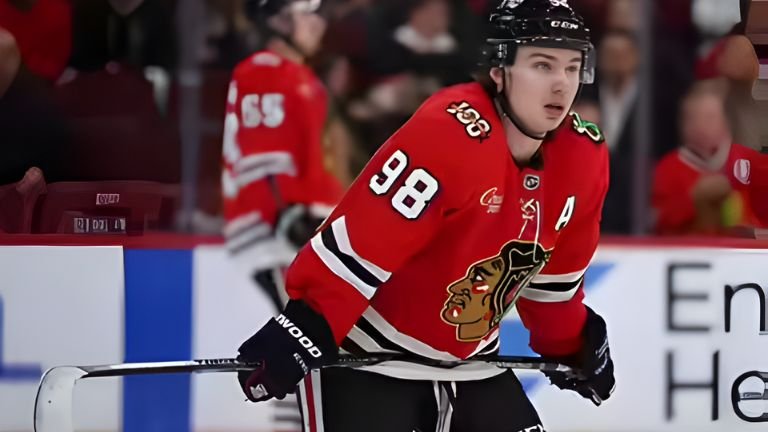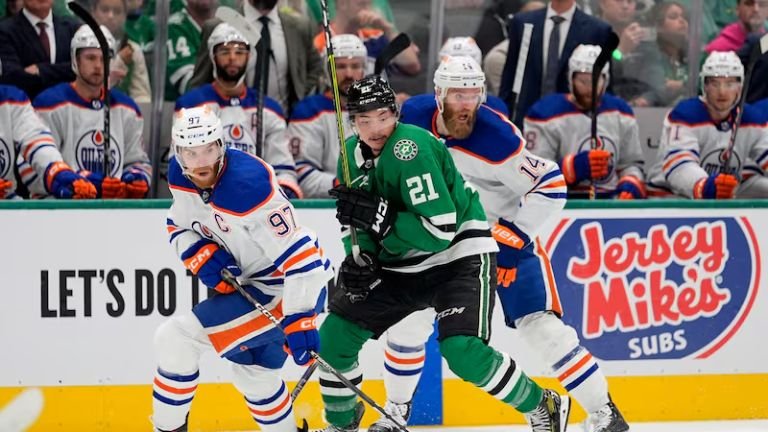For years, fans saw the same headline resurface: “minnesota wild willing to move Matt Dumba.” It wasn’t just idle chatter. The phrase gained traction at distinct moments when Minnesota’s roster math, cap picture, and deadline pressure intersected. The most significant spike came in mid-September 2020, immediately after Jonas Brodin signed a seven-year, $42 million extension. Reporting at the time said the team was listening—and in some places, “shopping”—on Dumba to rebalance a defense-heavy cap sheet.
The 2020 inflection point
When Brodin re-upped, Minnesota was looking at four expensive, long-term defensemen. In a hard-cap league, that raised a straightforward question: could moving a right-shot defenseman help unlock a top-six center? That’s why the minnesota wild willing storyline popped. The reporting connected dots between a crowded blue line and a persistent need down the middle, with Dumba—skilled, right-shot, and with term—drawing calls. Contemporary coverage framed Minnesota as open to the right price, not desperate to sell.
A cooling period, then clarity
By late November 2020, general manager Bill Guerin publicly indicated he wasn’t actively shopping Dumba. That didn’t erase the earlier signals; it only clarified the stance: minnesota wild willing to listen if a center-grade return materialized, but unwilling to move just to move. It was classic leverage management—keep the door open, keep the price firm, and avoid a hasty trade before the market met your valuation.
Why the rumor stuck around
The rumor had staying power because the logic stayed intact. Minnesota’s identity tilted toward an elite blue line, while the forward group kept searching for another offensive driver. From an asset-allocation view, a premium right-shot defender is often the cleanest currency to buy center help. That’s why the minnesota wild willing idea kept returning any time the cap tightened or injuries hit. Local and national analysis throughout 2020 pointed to exactly that value exchange, even noting names like Vincent Trocheck in hypothetical packages before Florida went a different direction.
2023 deadline gravity
The storyline flared again on January 19, 2023, when the Wild made Dumba a healthy scratch against Carolina. With the deadline weeks away, that single lineup decision amplified the sense that minnesota wild willing was more than a rumor. Multiple outlets documented the scratch and linked it to performance, contract realities, and marketplace interest in a veteran RD. Even if the benching was described as a hockey decision, it inevitably fed the trade-watch cycle.
What the front office actually signaled
Strip away the noise and the pattern is consistent: the Wild were open for business, not running a clearance sale. Reports in September 2020 referenced active listening—and in some cases “shopping”—after the Brodin deal; by November, Guerin reset expectations, indicating he was comfortable starting the season with Dumba; by January 2023, circumstances revived the watch. In every phase, minnesota wild willing translated to “we’ll do it for the right return,” not “we have to do it.”
Player perspective and the human angle
Dumba’s standing in the room and in the community also shaped the tone. He’d won the King Clancy Memorial Trophy for leadership and humanitarian work, and he was a vocal presence on and off the ice. Any time minnesota wild willing bubbled up, fans weighed more than on-paper value—they weighed identity. Moving a leader can reset a roster’s personality as much as its depth chart, making the decision bigger than cap lines on a spreadsheet.
So, was Minnesota actually willing to move him?
As a matter of record, yes—at multiple points, reliable reporting said the club was listening and, at times, exploring. As a matter of execution, no blockbuster materialized during those early peaks of speculation. That outcome aligns with the front office’s posture: minnesota wild willing to act only when the return matched a premium, right-shot defender’s market value. In a league where those pieces are scarce, holding instead of selling low can be sound strategy.
Where the story left Minnesota
The healthy-scratch episode came and went, Dumba finished his Wild tenure, and the league’s carousel kept turning. The through-line is clear: minnesota wild willing became a headline not because of sensationalism, but because it reflected real-time roster calculus under a hard cap. When the math gets tight and the need down the middle persists, teams listen. Minnesota did—and they did it without blinking first.
Quick Q&A for context
Why did the 2020 Brodin extension spark this so strongly?
Brodin’s seven-year deal meant Minnesota would be paying big money to four defensemen. That imbalance sharpened the search for center help and made Dumba the logical trade chip, which is why minnesota wild willing stories surged then.
Did the Wild actually shop Dumba?
Contemporaneous reporting said they were at least listening—some phrased it as “shopping”—in September 2020. The GM later said he wasn’t actively shopping him, reinforcing that price, not urgency, would dictate a move.
What did the 2023 healthy scratch mean?
It was officially a hockey decision, but with the deadline nearing, it inevitably reignited speculation that minnesota wild willing could translate into action if the right offer arrived.
Was there a specific target in return?
Analysis at the time consistently pointed to a top-six center or equivalent value. That guided Minnesota’s stance and explains why nothing happened if that standard wasn’t met.







